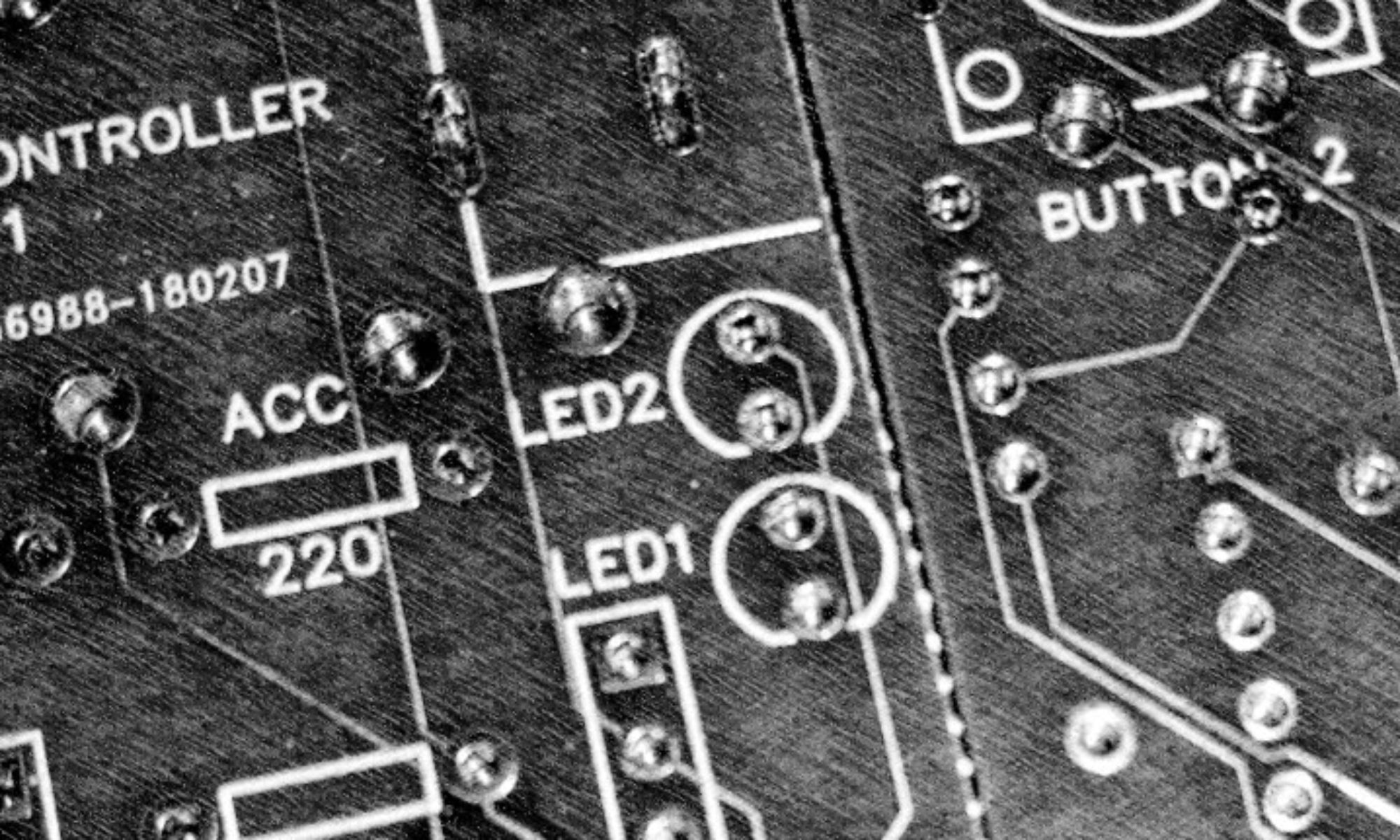Today I released a new video detailing how to put together the completed electronics and 3D printed parts for Version 2 of the automatic blind controller. 3D printed parts available from thingiverse.
Blind Controller – Version 2 – Arduino Sketch
Download the latest Arduino Sketch here
Version History:
- Version 2.0
- Beta version – working but a mess!
Blind Controller – V2 – Blynk App

You should now have the full functionality provided by the app including manual controls, partial positioning, calibration and scheduling.

Blind Controller v2 PCB Boards now available for purchase!
Get yours now from my etsy store or alternatively via eBay.
A limited number of version 1 boards remain and are available through eBay if you are part way through that build but hurry as this is the last batch!
Blind Controller V2 Announced!

Exciting news, I will soon be releasing a new version of the Amazon Alexa compatible blind controller, similar in design but with all new hardware. Powered by a Wemos D1 Mini micro-controller, it is now WiFi enabled and can be operated from within a mobile app from anywhere in the world. Upgraded motors allow for precise, repeatable positioning and easy calibration either from within the mobile app or using the full manual controls. The mobile app also allows scheduled opening and closing at pre-configured times.
Check out the teaser trailer below and be sure to check back soon and subscribe to my YouTube channel for future updates…
Custom PCB Boards back in stock!

I have a number of custom PCB boards available for the 3D printable Alexa controlled automatic blind controller. Get yours from the link below:
https://www.ebay.co.uk/itm/293001629342?ssPageName=STRK:MESELX:IT&_trksid=p3984.m1555.l2649
Installation instructions are available here.
Solar power module for the wireless soil moisture sensor
Solar Power Module For The Wireless Soil Moisture Sensor

The batteries used in the sensor may not last long, to combat this I investigate use of a solar panel as means to provide a continuous source of charge. See my tutorial on how to add solar power to your projects and check back soon for progress…
Solar power for small electronic projects
Having to rely on mains power can frequently limit the usefulness of the devices we make. Being able to power them continuously from the sun using a solar panel in combination with a rechargeable battery is an cheap and easy solution.
In this tutorial, I give a basic explanation of the process of harnessing energy from the sun using solar and an example circuit which you could use for your own small scale projects.
The parts used for this project can be found here:
TP4056 Li-Ion Battery Charge Controller:
https://www.banggood.com/custlink/KGmmYIsB5L
TP18650 3.7V Li-Ion Battery (2600mAh):
https://www.banggood.com/custlink/KKDmESs4HB
6V 4.5W Mono crystalline Solar Panel:
https://www.banggood.com/custlink/GvD3YIs0PU
5V 1A USB Step Up Converter:
https://www.banggood.com/custlink/mvK3ESN6SK
Coming Up I will be using the theory presented here to create a Solar Module for my wireless moisture sensor to provide a hopefully near continuous supply of power so I can monitor my plants all through the summer season.

WiFi Enabled Soil Moisture Sensor
This small portable sensor can be used to alert you to the moisture condition of your plants. In the future it can be combined with a water pump to create a fully automatic garden system.

To begin you will need to download and 3D-print the 3 separate parts available via thingiverse.
You will need the following components:
WeMos D1 Mini
3.7V 14500 Li-ion Battery
Capacitive Soil Moisture Sensor
D1 Mini Battery Shield
WS2812 RGB LED
1 x AA Battery Holder
Connect everything together using the following schematic:

The shield can be connected directly to the D1 mini. The breadboard is used above for reference only and components should be soldered and crimped together in order to facilitate positioning inside the printed housing.
Remember to connect the RST pin to D0 in order to enable sleep mode.
The final assembled device should look similar to the image below:

Download the Blynk App to your smart phone/device and create a new project based on the following:

Upload the sketch to the D1 Mini using the Arduino IDE. Edit the sketch to include reference to your WIFI SSD and password as well as your unique Blynk authentication token.
Insert and charge the battery and watch the data roll in…
Use the sliders in the app to adjust the threshold at which the dry/wet alerts are activated. The sketch can be further customised if your sensor needs it as well as for things like the length of time to sleep.




